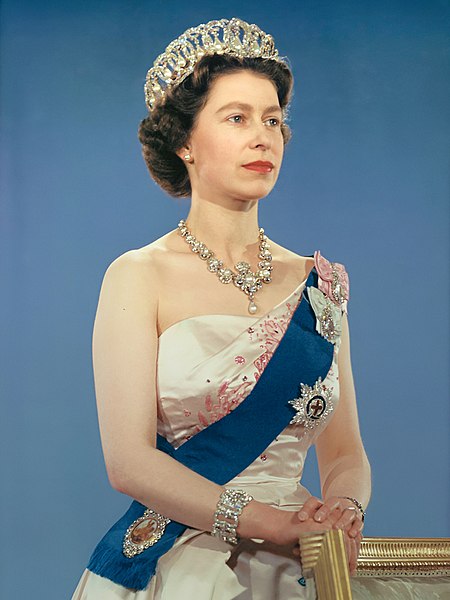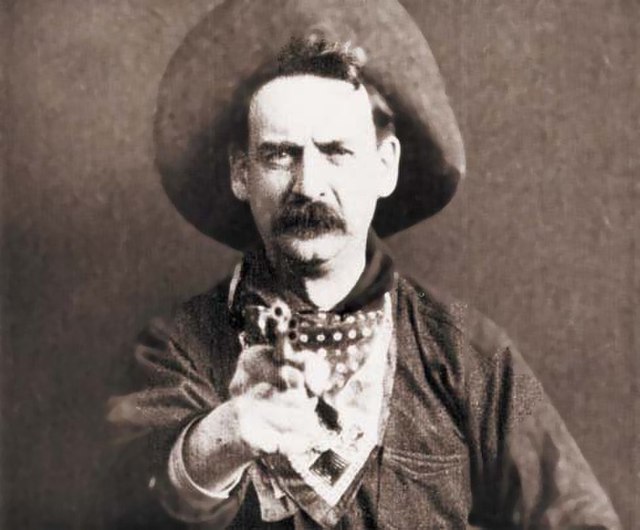Cinema in Canada dates back to the earliest known display of film in Saint-Laurent, Quebec, in 1896. The film industry in Canada has been dominated by the United States, which has utilized Canada as a shooting location and to bypass British film quota laws, throughout its history. Canadian filmmakers, English and French, have been active in the development of cinema in the United States.
Evangeline is the earliest recorded feature film in Canadian history.
A group of cameramen who worked for the Canadian Government Motion Picture Bureau in 1925. Frank Badgley, the bureau's director from 1927 to 1941, is in the background.
John Grierson was the first commissioner of the National Film Board of Canada.
The financial success of Royal Journey, depicting Princess Elizabeth and Prince Philip's tour of Canada, aided the NFB and was one of the reasons that John Grierson said that William Arthur Irwin "saved the Film Board".
Cinema of the United States
The cinema of the United States, consisting mainly of major film studios along with some independent films, has had a large effect on the global film industry since the early 20th century. The dominant style of American cinema is classical Hollywood cinema, which developed from 1910 to 1962 and is still typical of most films made there to this day. While Frenchmen Auguste and Louis Lumière are generally credited with the birth of modern cinema, American cinema soon came to be a dominant force in the emerging industry. With more than 600 English-language films released on average every year As of 2017, it produced the fourth-largest number of films of any national cinema, after India, Japan, and China. While the national cinemas of the United Kingdom, Canada, Australia, and New Zealand also produce films in the same language, they are not part of the Hollywood system. Because of this, Hollywood has also been considered a transnational cinema, and has produced multiple language versions of some titles, often in Spanish or French. Contemporary Hollywood often outsources production to the United Kingdom, Canada, Australia, and New Zealand. The major film studios of Hollywood are the primary source of the most commercially successful and most ticket-selling movies in the world.

The Hollywood Sign in the Hollywood Hills, often regarded as the symbol of the American film industry
Justus D. Barnes as outlaw leader Bronco Billy Anderson in The Great Train Robbery (1903), considered by some to be the first Western.
Harold Lloyd in the clock scene from Safety Last! (1923)
Laurel and Hardy with Lupe Vélez in Hollywood Party (1934)








